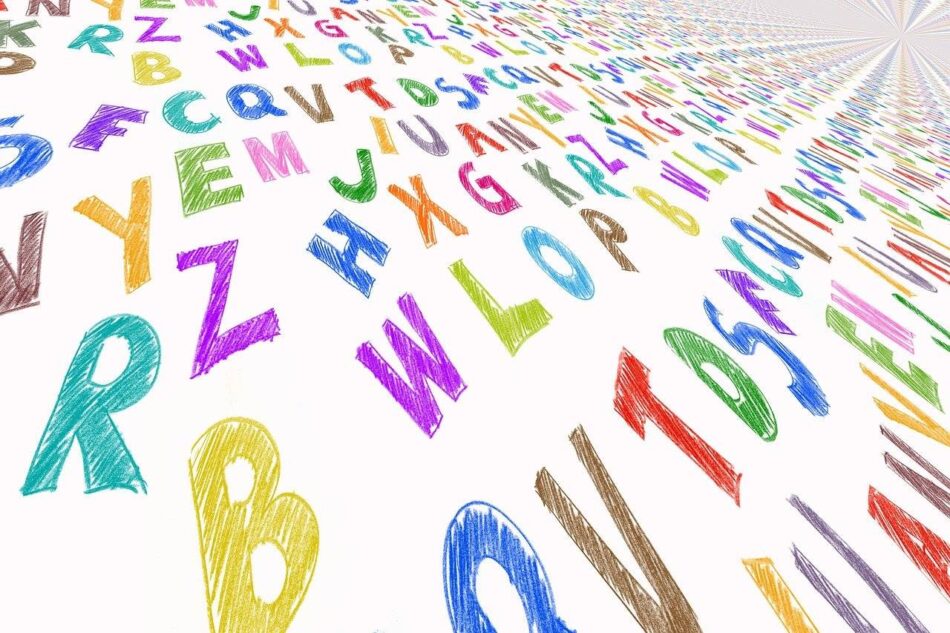The use of social media networks is a phenomenon that can be seen across the world, having become highly influential in a very short space of time. But should social media be allowed in the classroom? And if so, what role can it have in teaching?
There are a number of people who argue both for and against this idea, each with their own personal thoughts and feelings on social media. Already, the use of technology has begun to become a standardized practice within the business world, allowing companies to promote their products and services whilst encouraging a more interactive form of communication with existing and prospective clients.
Within the classroom, however, social media has often been forbidden – sitting alongside other technological systems and devices like mobile phones, which are similarly banned. But could social media have a use within the classroom? And how could it be implemented and monitored?
There is an argument to be made that the best way in which to educate children is often by embracing the systems and products which they find most interesting. Systems such as social media are embraced by children across the globe and can help to educate them whilst providing them with a fun and interactive learning experience.
Social media could be used as a great way to study the way in which businesses market and advertise their products – looking at how this is managed over a range of platforms and mediums for ultimate effect. The type of information which is shared could be analyzed in order to see how businesses determine what is important enough to share and what is not.
The fact that a large proportion of personal information is shared online could enable children to learn about the dangers of identity fraud and the legal complications which surround the use of this data. This could not only help with the advancement of academic learning but could also help to educate children about the dangers of internet sites and the best ways to protect themselves whilst online.
Social media is also a great way to pose questions and take polls – an invaluable tool when it comes to conducting research for projects and school assignments. Social media has the ability to reach a far greater range of people, meaning that the results the children will have to analyze will be of far greater scope. This will enable them to form better analyses and therefore reach more detailed and informative conclusions – enhancing their understanding and knowledge.
One of the main strengths of social media is its interactive and inclusive nature. Used effectively it could allow teachers to lead online discussions, pose questions or help with homework issues. It could also allow students to collaborate and crowdsource solutions to their own learning problems, teaching them skills involved with independent learning, research skills, and problem-solving.
Finally, it opens up the opportunity for children to discover more about subjects that interest them and interact with genuine experts within a field, taking learning to a higher level. Services such as Twitter can provide direct access to leading thinkers and up-to-the-minute resources.
The problems which surround the use of social media within teaching are over the monitoring of the system. Allowing students access to such sites could allow them to research other areas and expose them to potential online threats. If the use of it was to be adopted within schools it would need to be monitored closely under strict regulations in order to ensure the ultimate safety and protection of the students.







